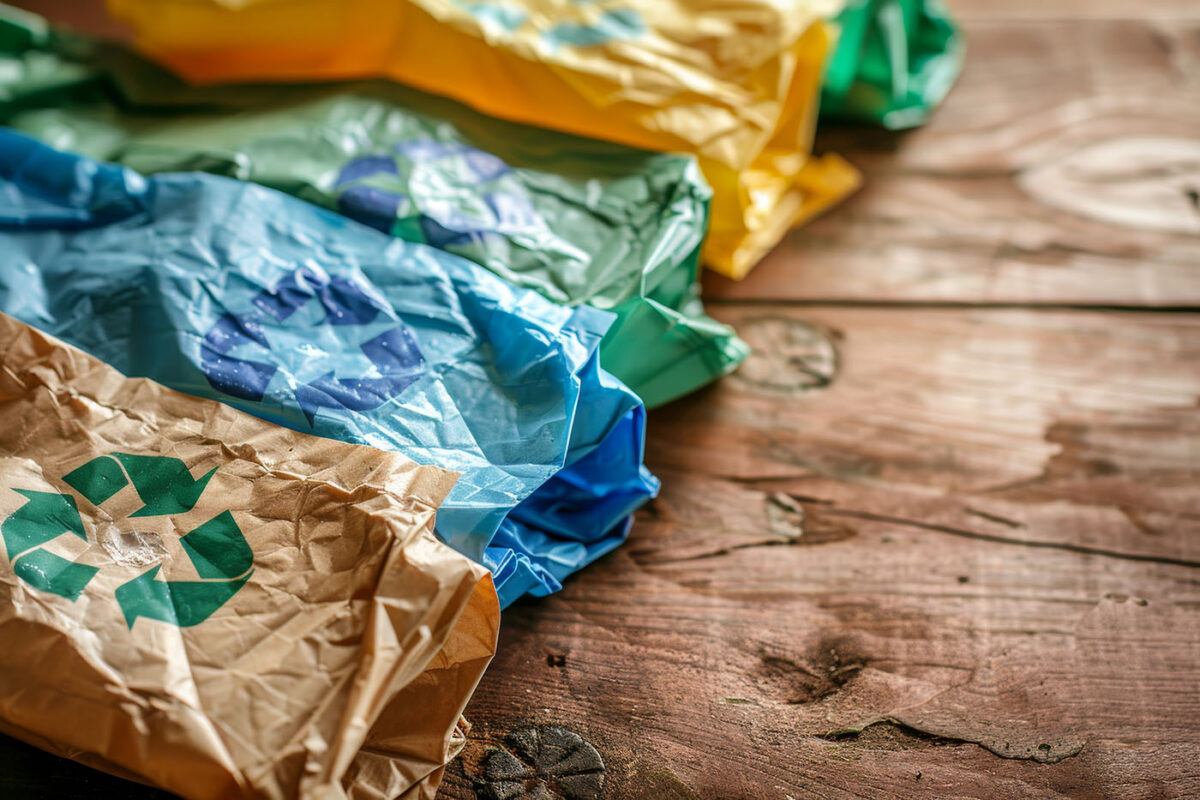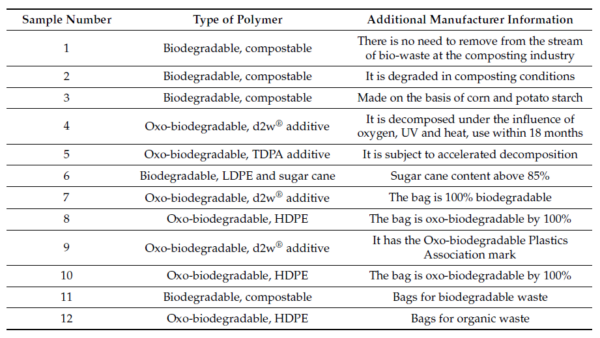Oxo-Biodegradable Packaging in Industrial Composting: Key Findings

The study revealed that only the biodegradable-compostable packaging fully decomposed. Oxo-biodegradables showed minimal degradation.
Plastics are widely used for their strength, resistance, and flexibility. However, their end-of-life decomposition presents significant environmental challenges. Biodegradable plastics decompose through microorganisms, whereas oxo-biodegradable plastics need abiotic factors like heat or UV radiation to start breaking down.
Assessing Degradation
Researchers from Wroclaw University of Environmental and Life Sciences in Poland conducted a study that involved twelve types of biodegradable and oxo-biodegradable shopping and waste bags commonly available in the country. These samples underwent industrial composting to simulate real-world conditions, and FTIR Spectroscopy was used to determine their composition and structure changes. The samples included biodegradable, compostable, and oxo-biodegradable plastics made from materials like corn and potato starch and those containing additives like d2w® and TDPA®.
Degradation in Industrial Composting Conditions
The results revealed that only some of the composted samples fully decomposed. FTIR Spectroscopy confirmed the presence of degradation compounds, but it did not indicate complete degradation. The analysis found that many samples, including those labeled as biodegradable, contained persistent compounds such as alkyl halides, which pose potential environmental risks.

Samples selected for compostability research. Courtesy of Assessment of the Decomposition of Oxo- and Biodegradable Packaging Using FTIR Spectroscopy.
Key Findings in Packaging
- Decomposition Variability: Only four samples (samples 1, 2, 3, and 11) fully decomposed. The remaining eight samples (4, 5, 6, 7, 8, 9, 10, and 12) showed minimal degradation. The presence of oxygen and carbon bonds indicated partial oxidation and degradation.
- Environmental Contaminants: The study identified non-degradable compounds like alkyl halides and heavy metals such as zinc, copper, and chromium in the compost, posing significant contamination risks.
- Impact of UV Radiation: UV exposure did not significantly enhance degradation, which contradicted some prior studies. The differences in spectra between irradiated and non-irradiated samples were minor.
Recommendations
- Ensure all components of biodegradable plastics, including dyes, are environmentally safe and completely biodegradable.
- Develop more stringent testing standards simulating real composting conditions to assess the true biodegradability of packaging materials.
- Promote awareness about the environmental risks of partially degraded plastics, particularly microplastics and toxic residues.
The findings emphasize the complexity of biodegradable plastics and the need for comprehensive evaluation to protect environmental health. Transitioning to truly biodegradable materials requires more research and regulation in real conditions, not just laboratory tests.
Implications in Labeling and Consumers
The research underscored the need for accurate labeling of biodegradable and oxo-biodegradable plastics, ensuring they decompose entirely under real-world conditions. It also highlighted the necessity of developing technical standards for biodegradability tests that reflect actual environmental conditions to avoid misleading consumers and potential environmental harm.
